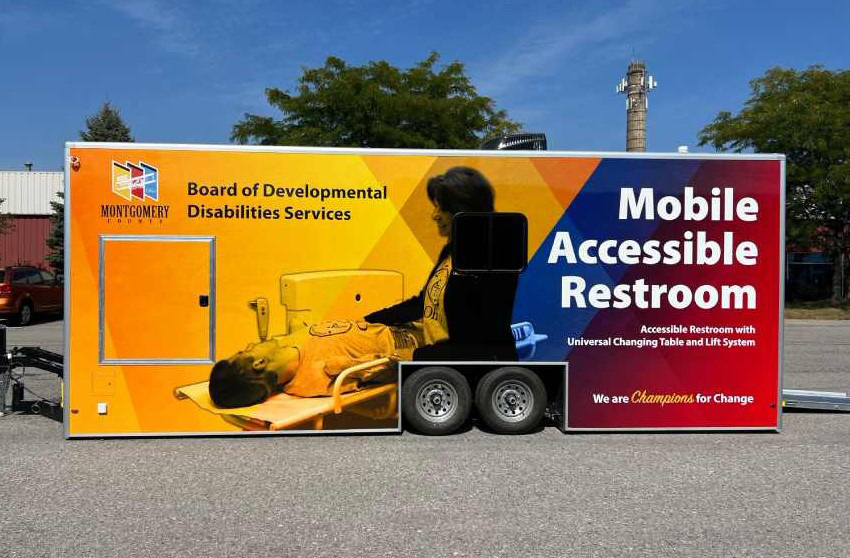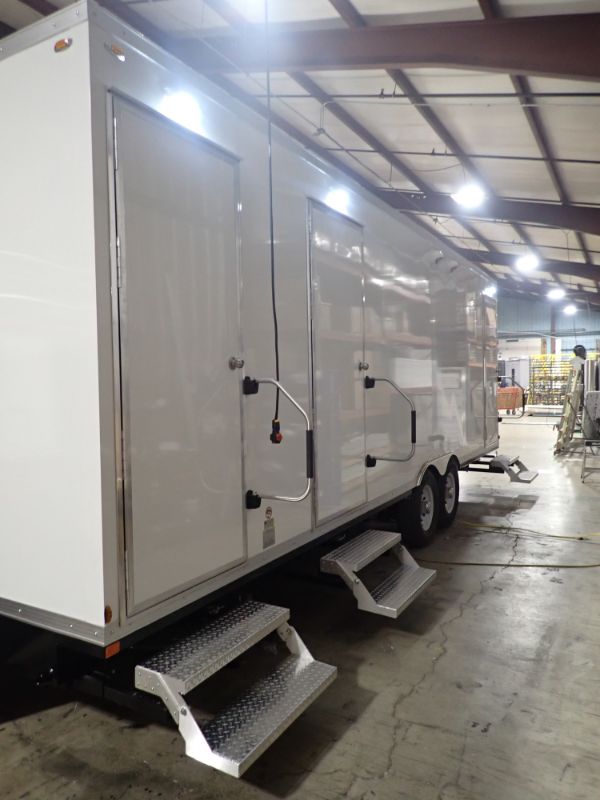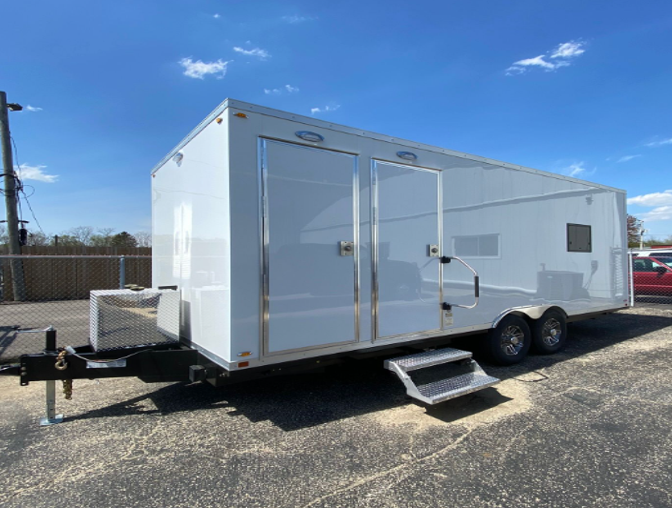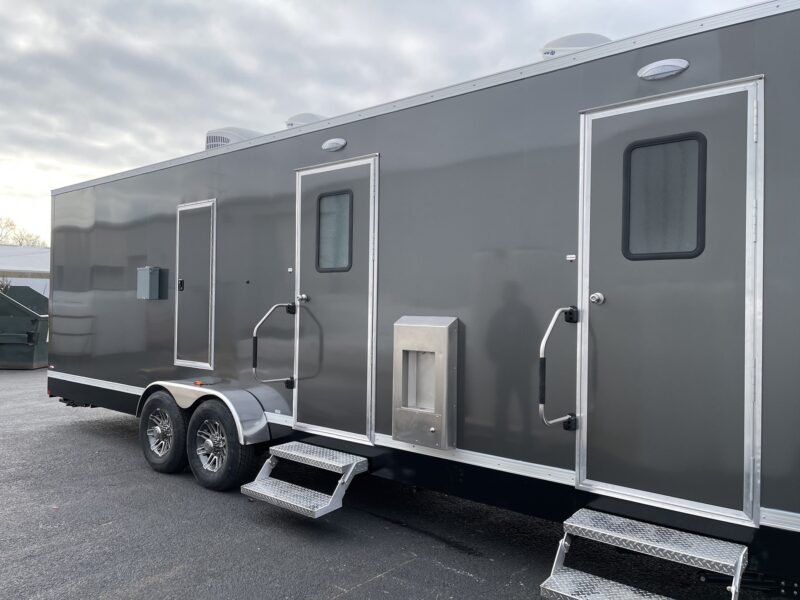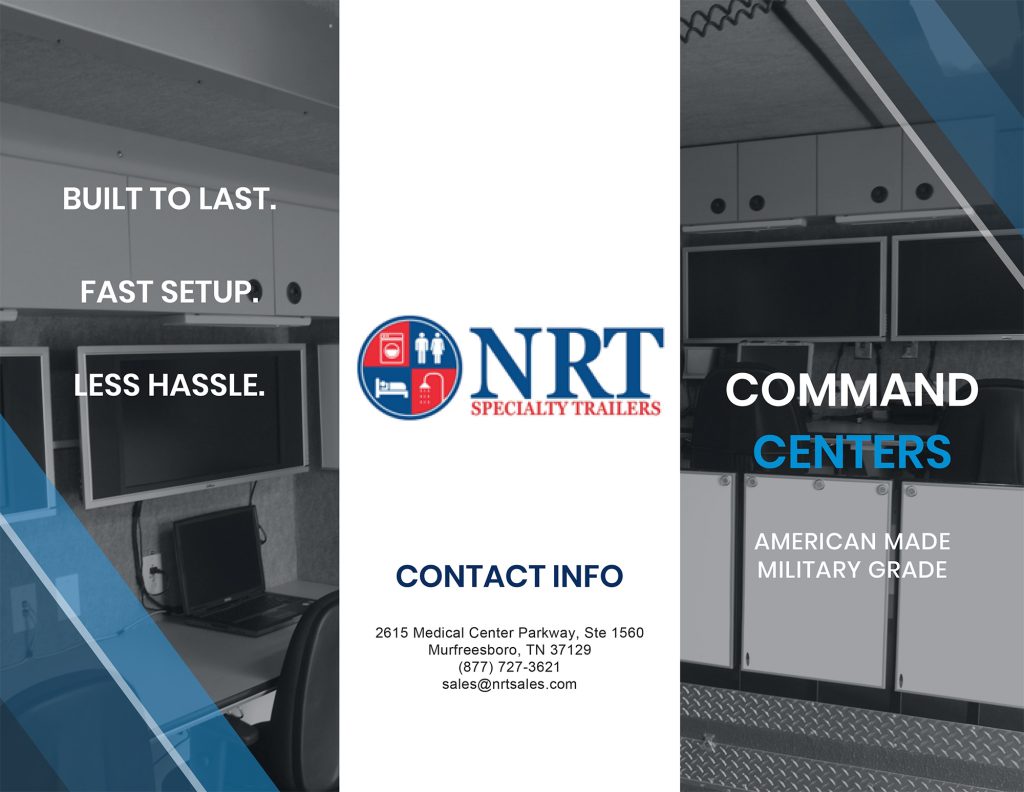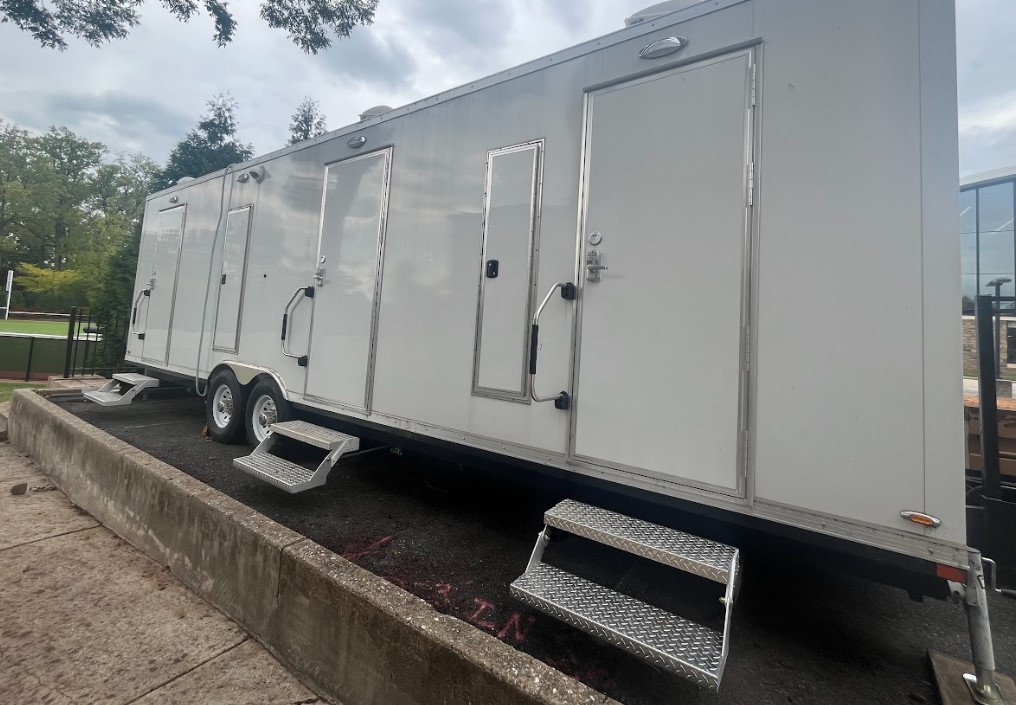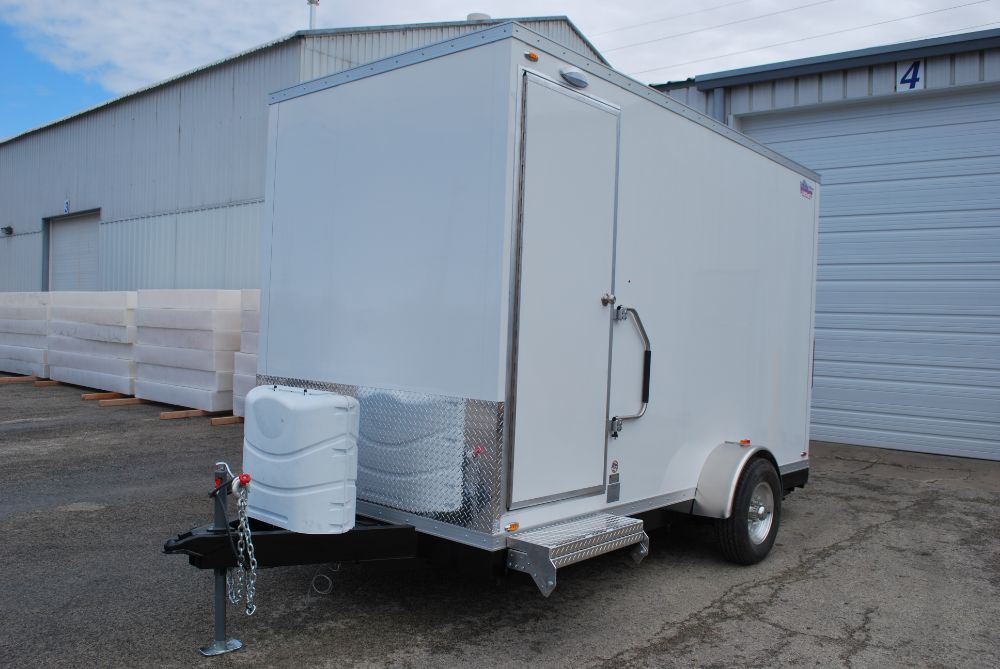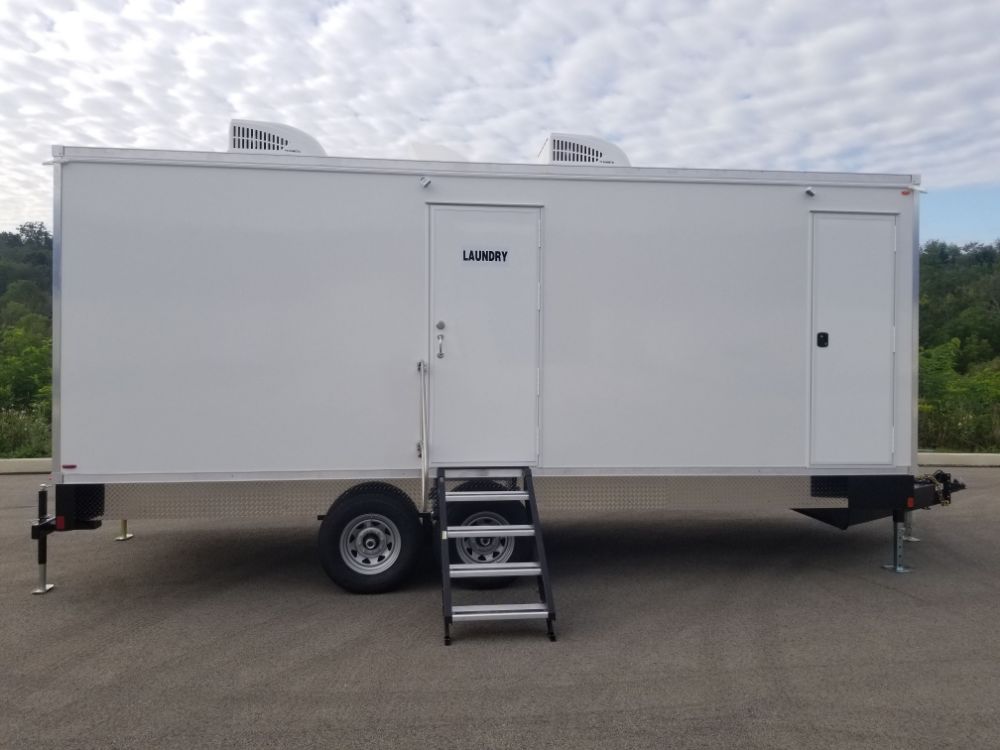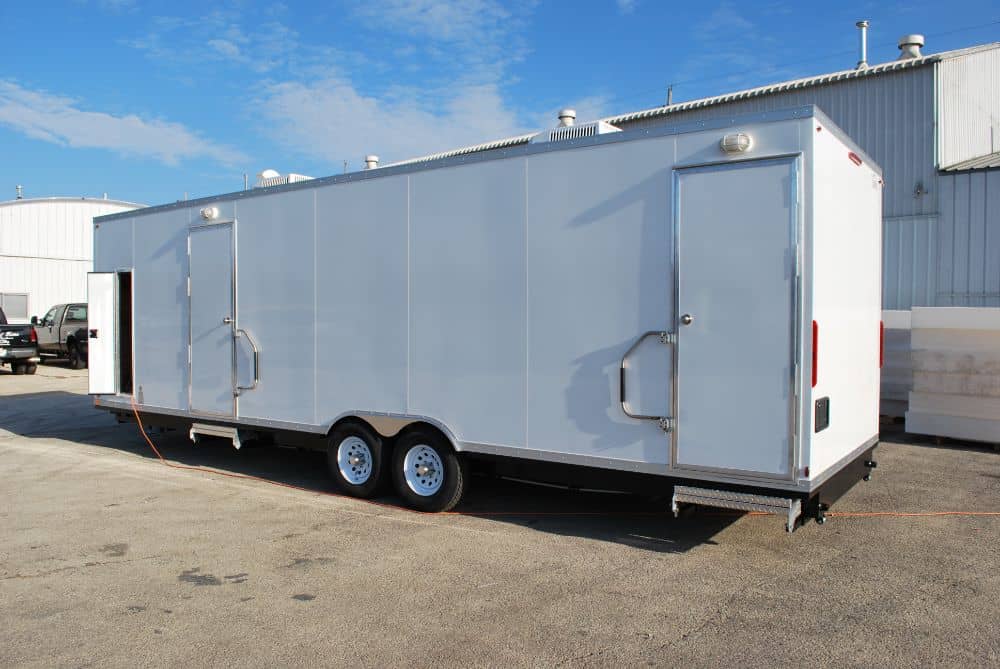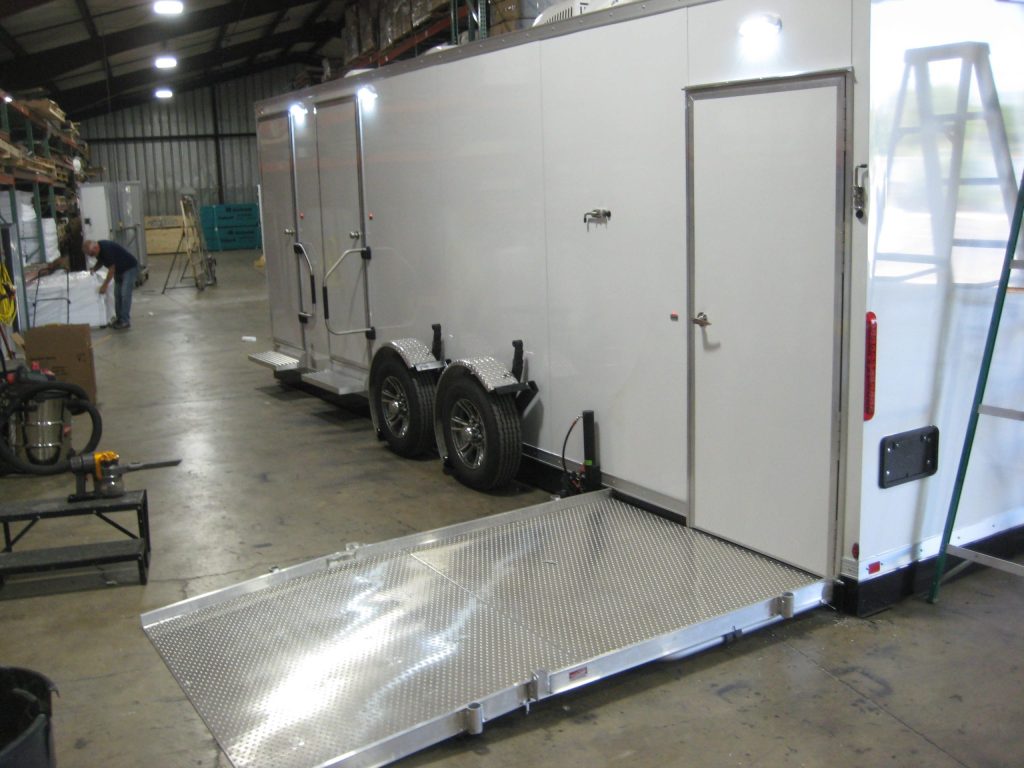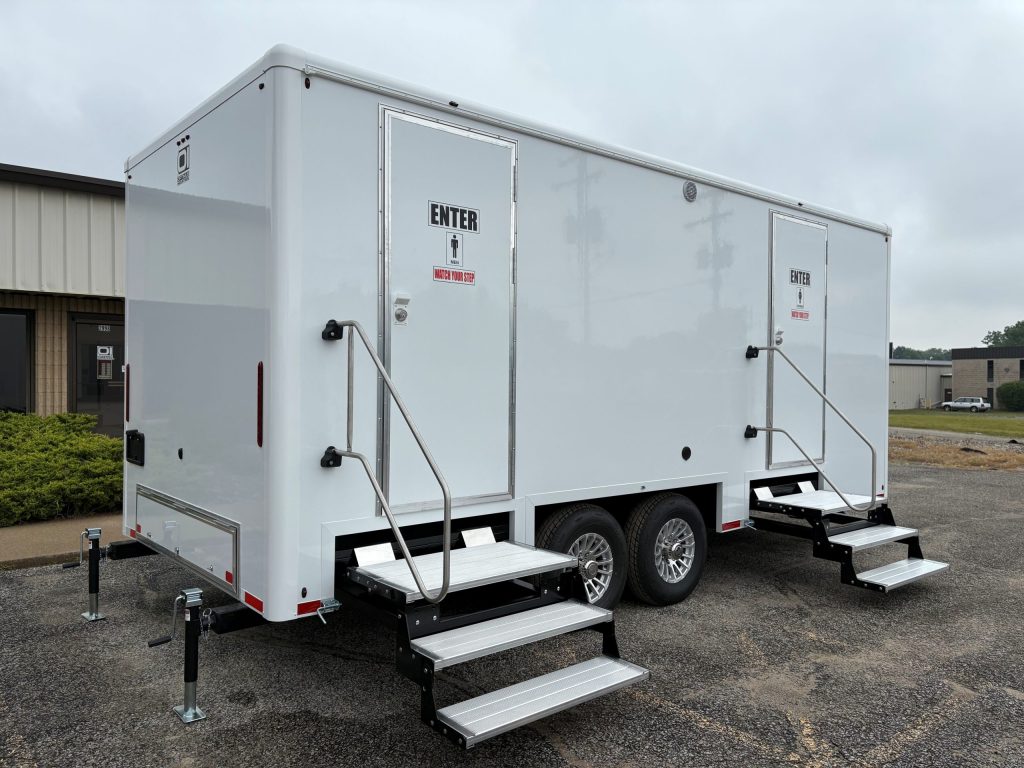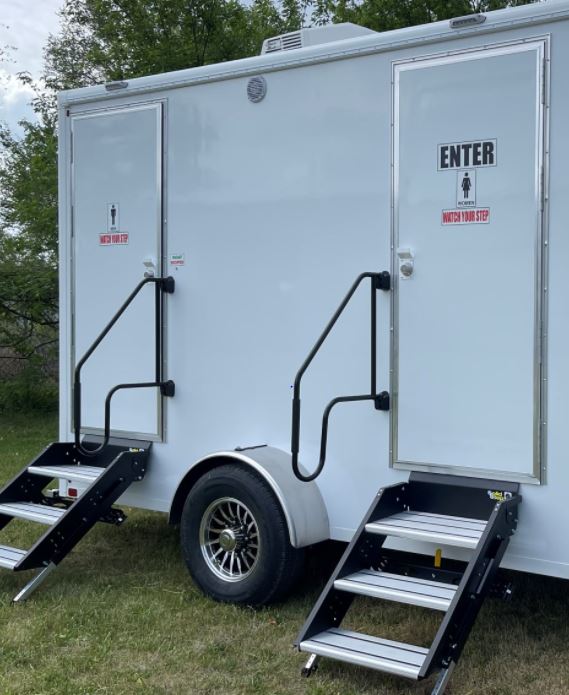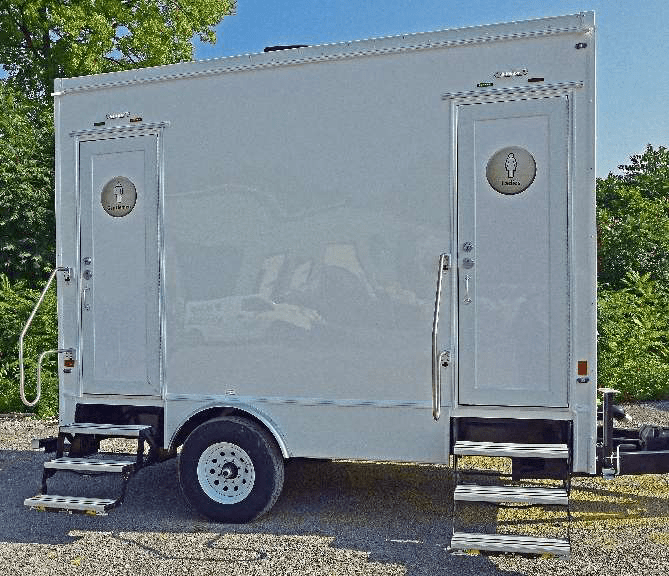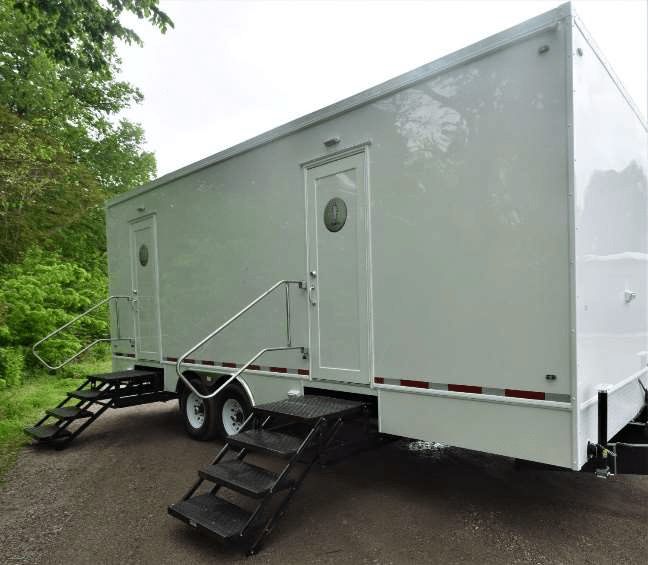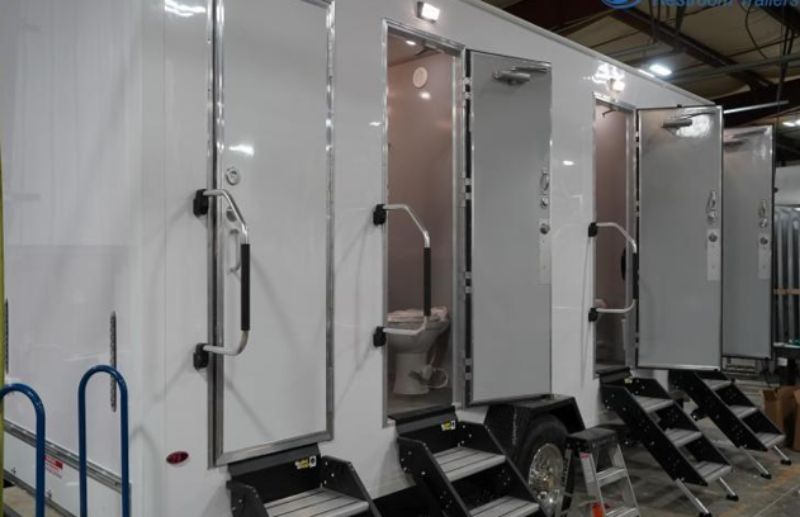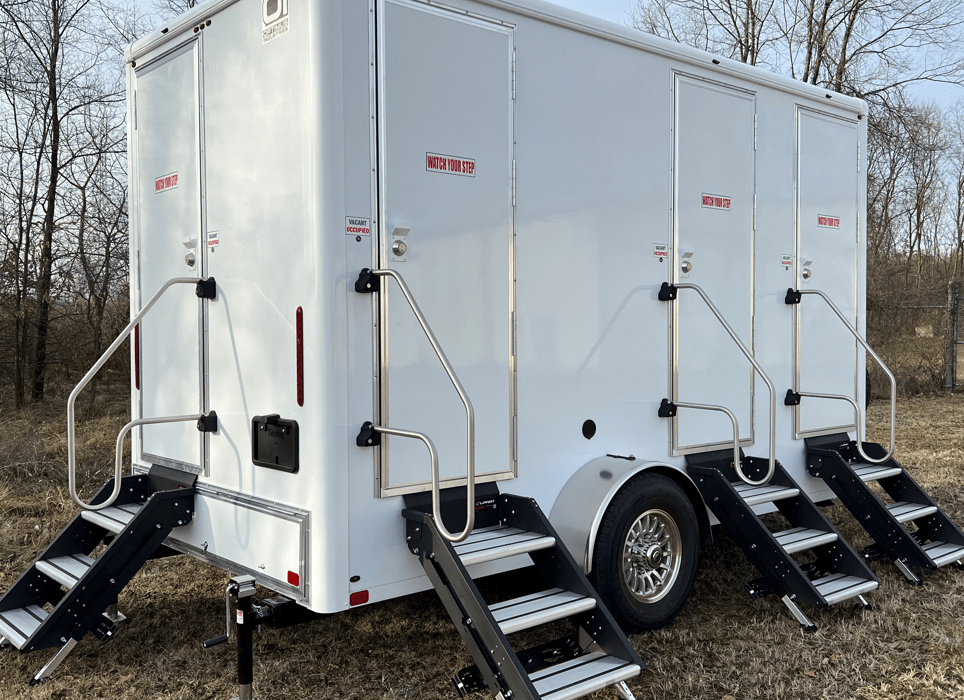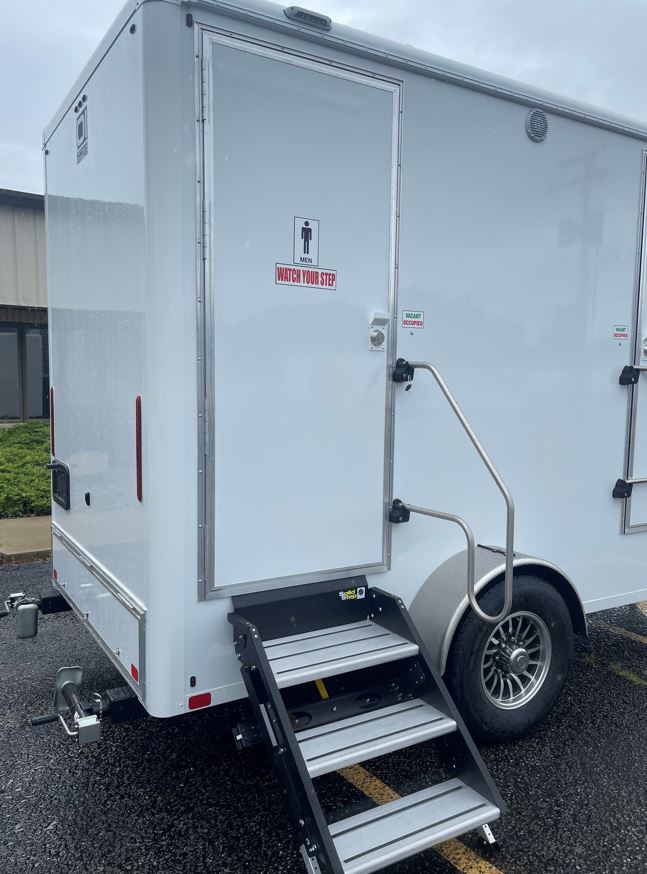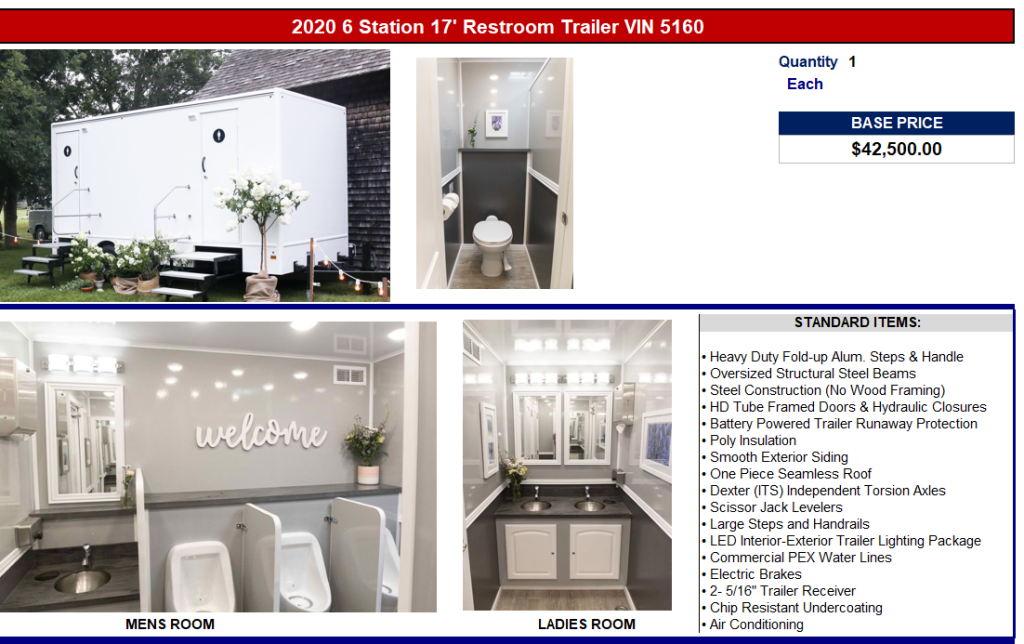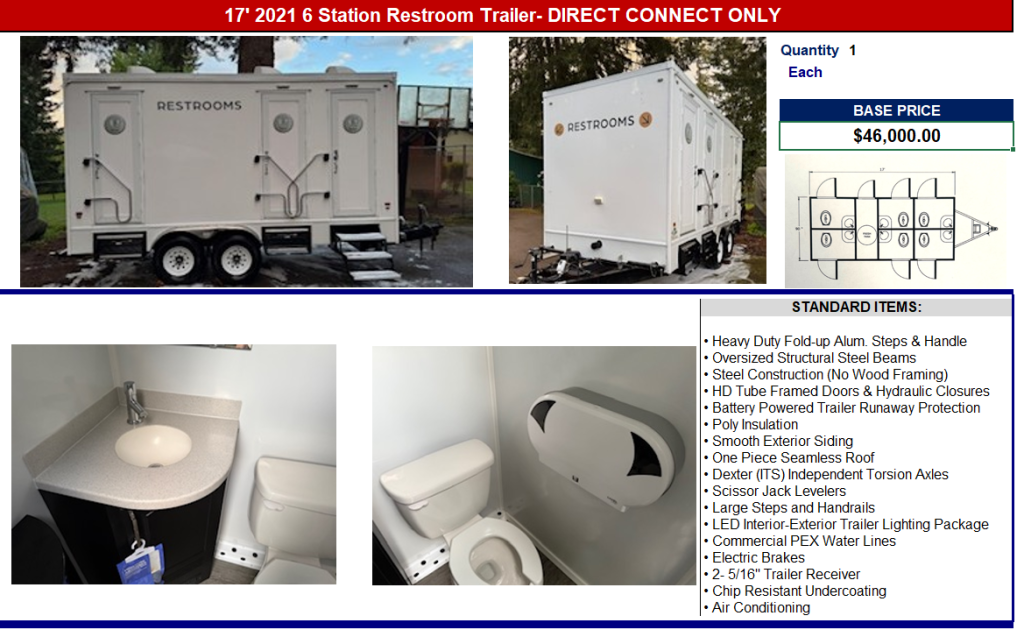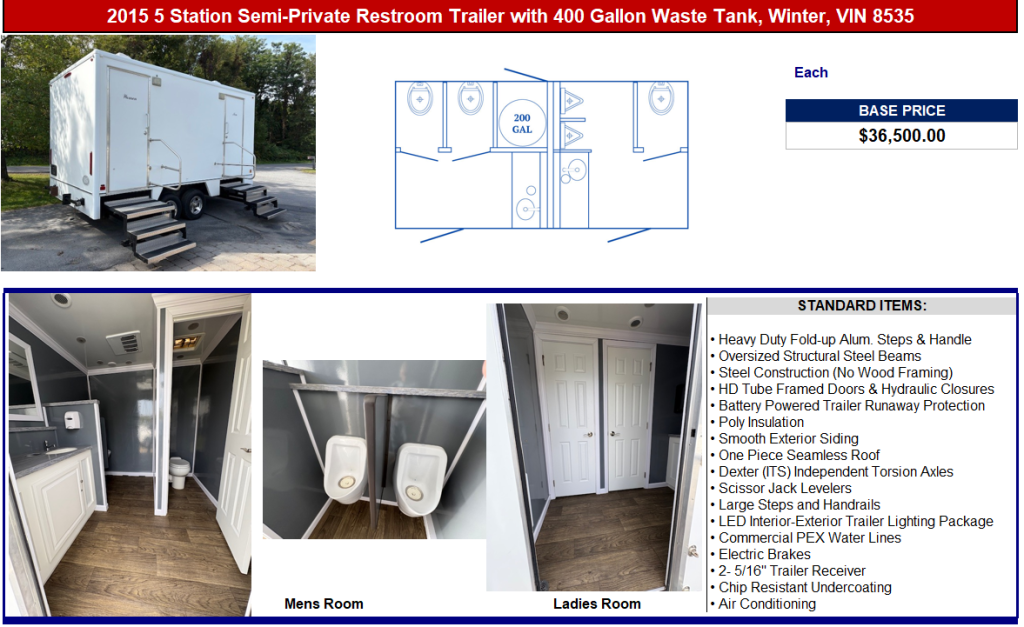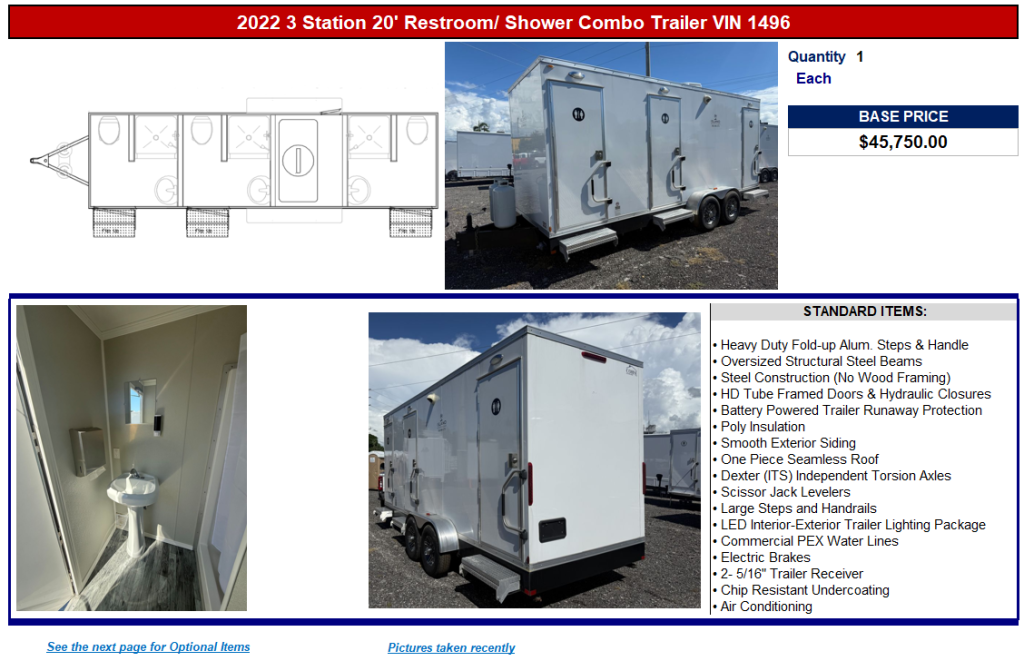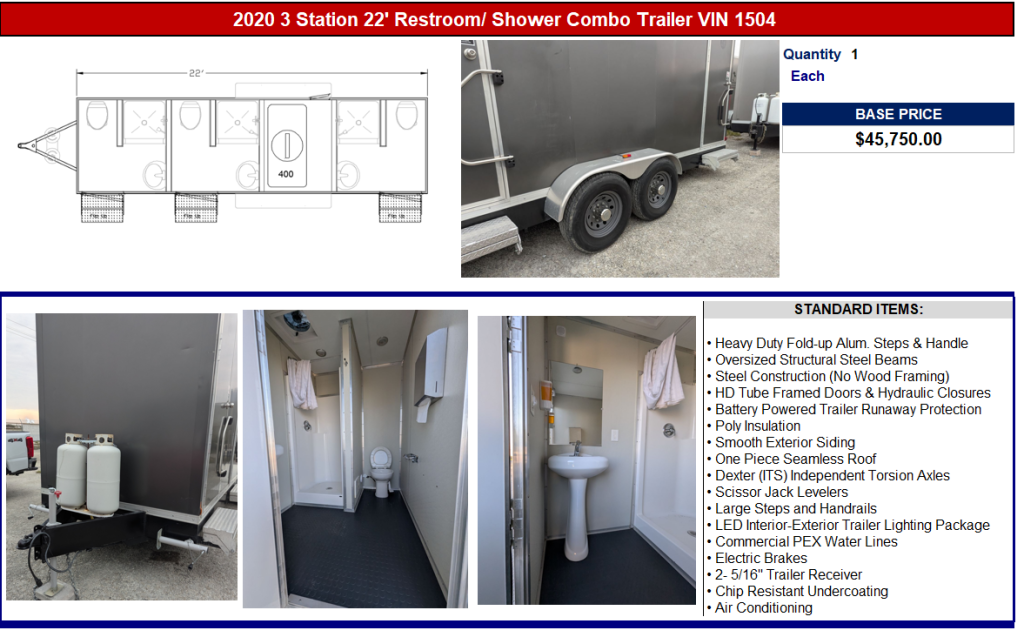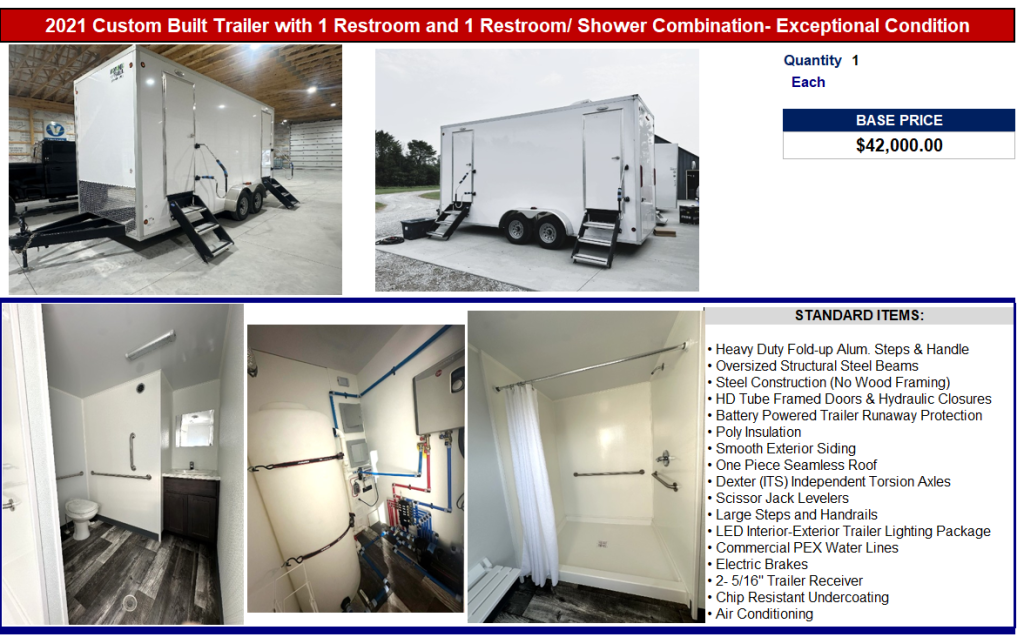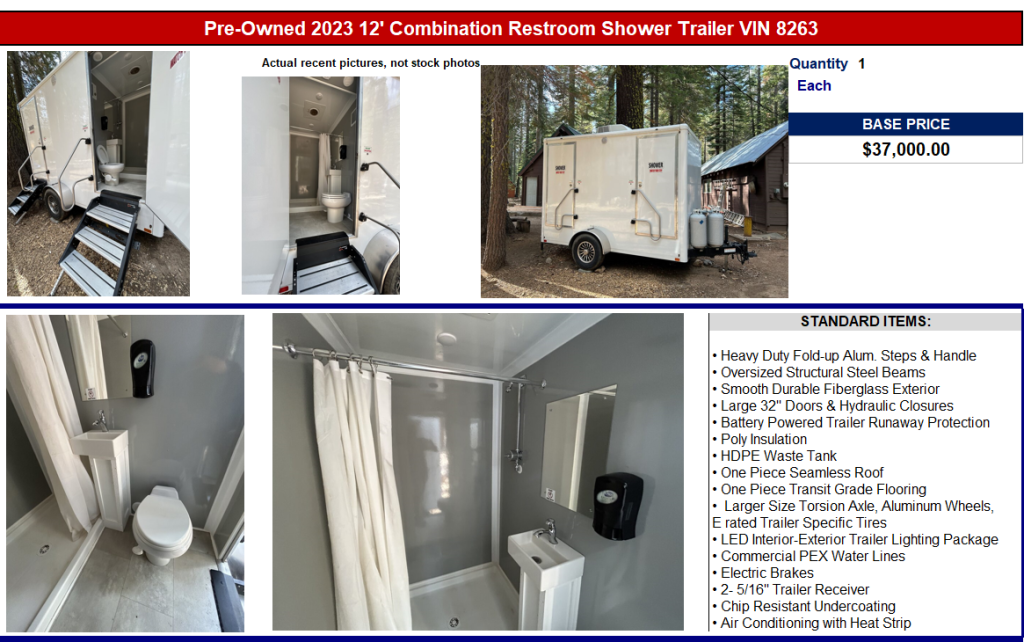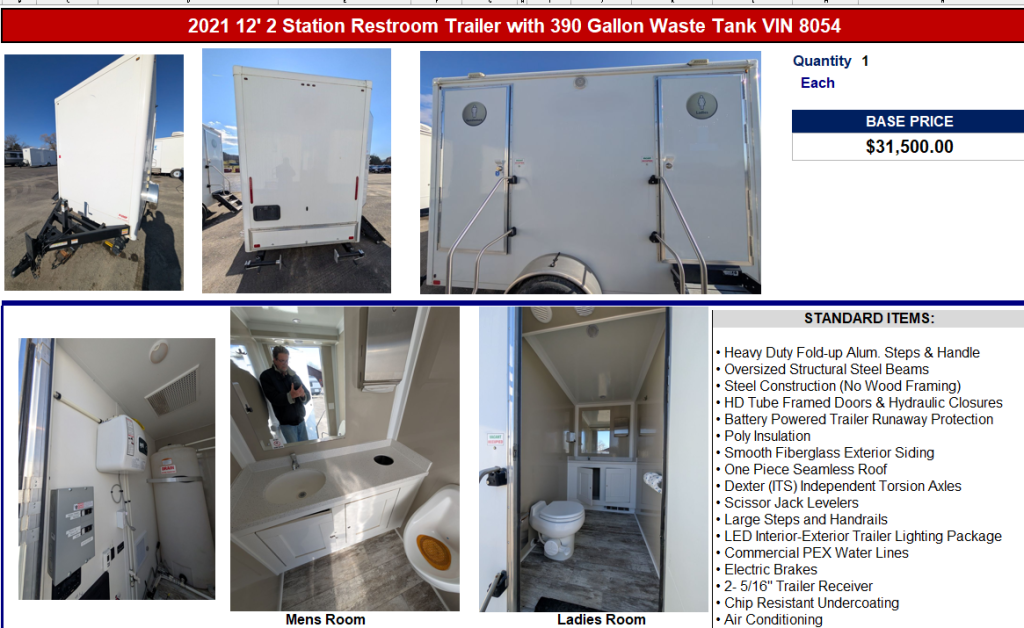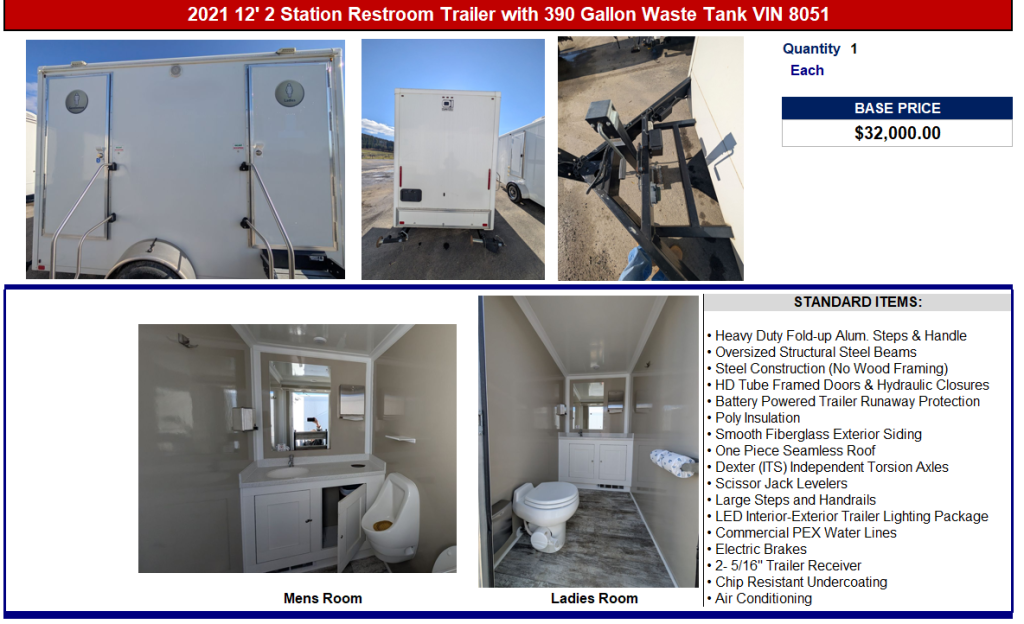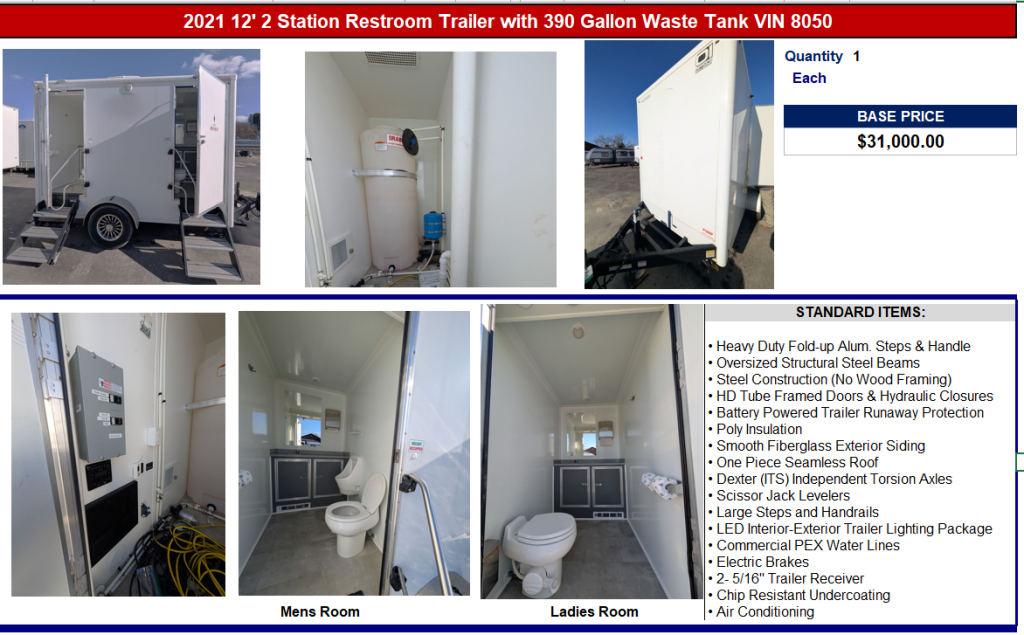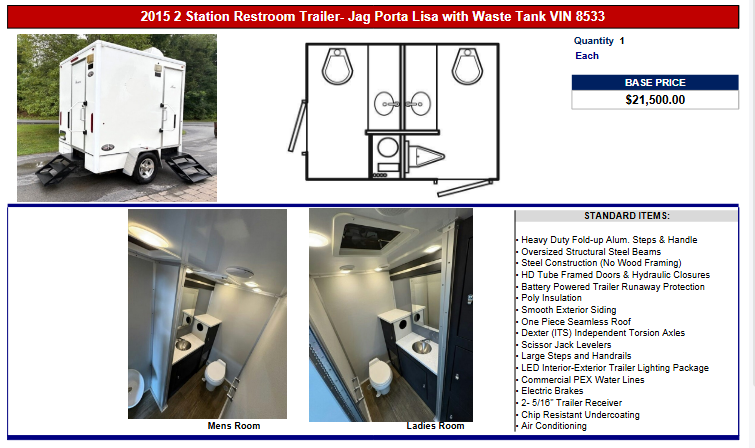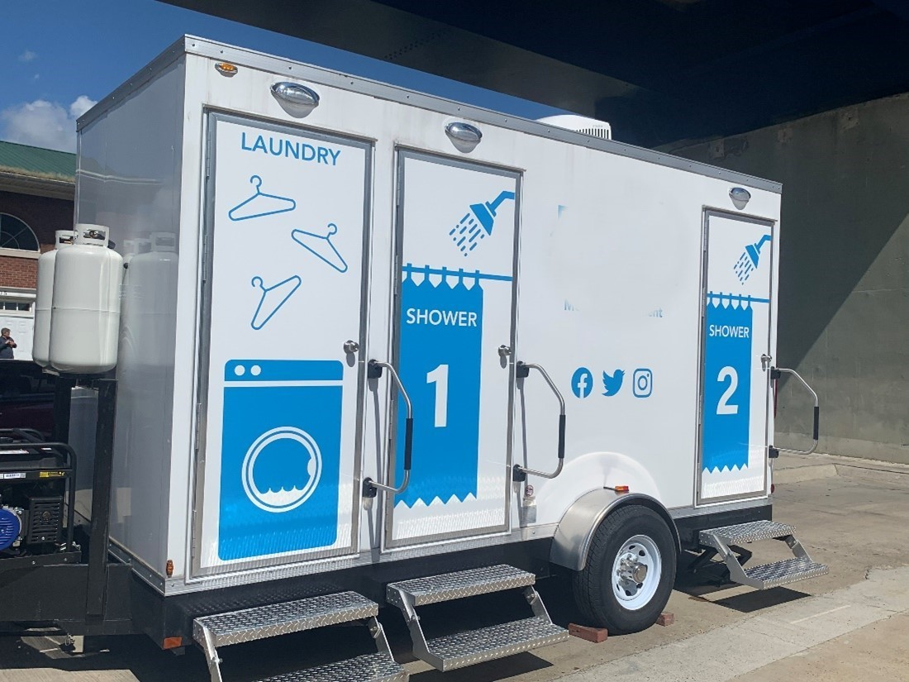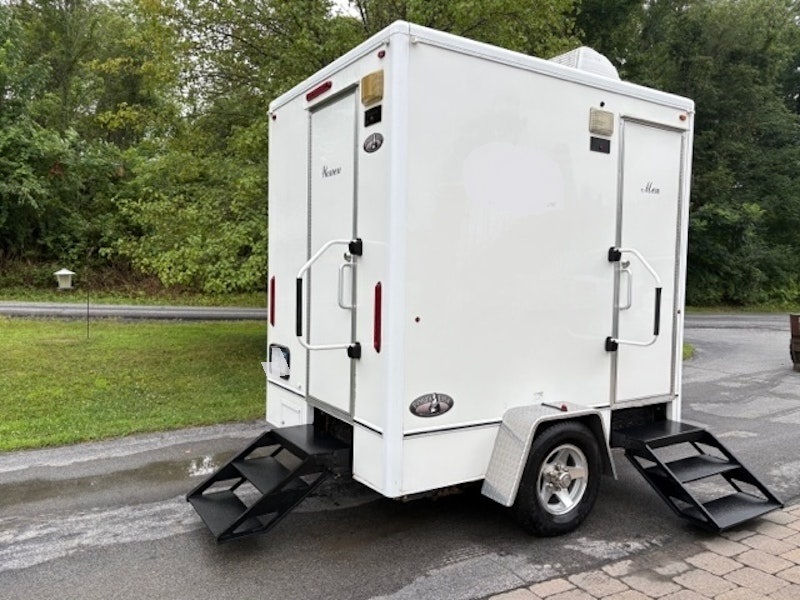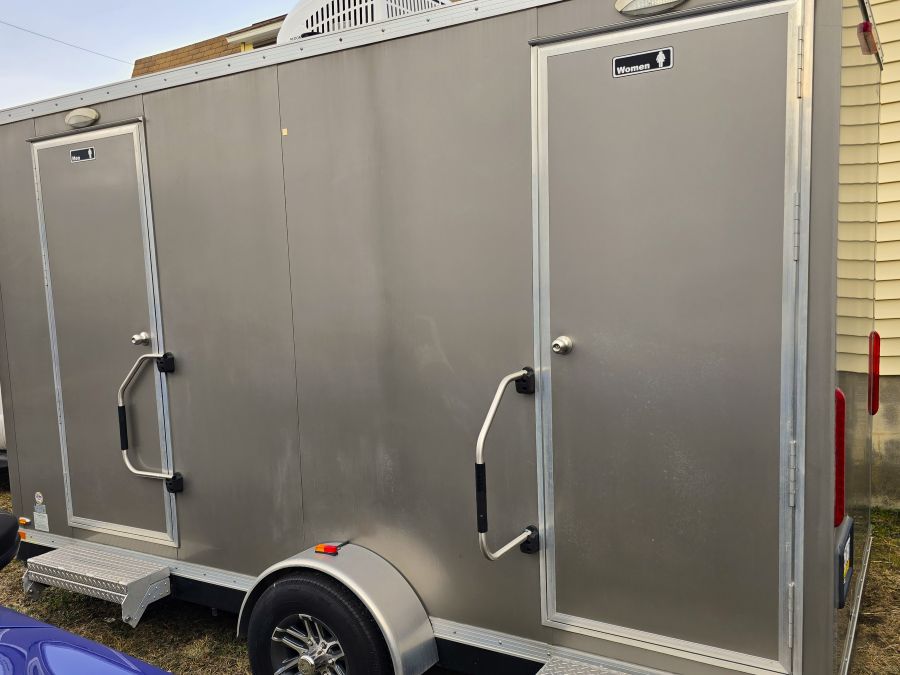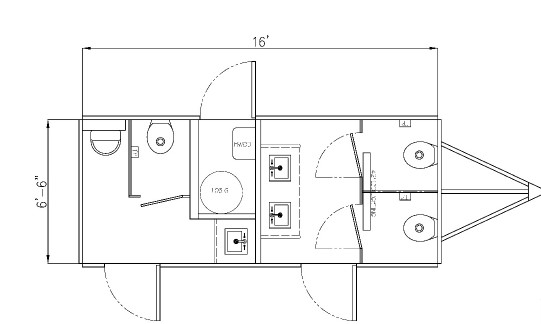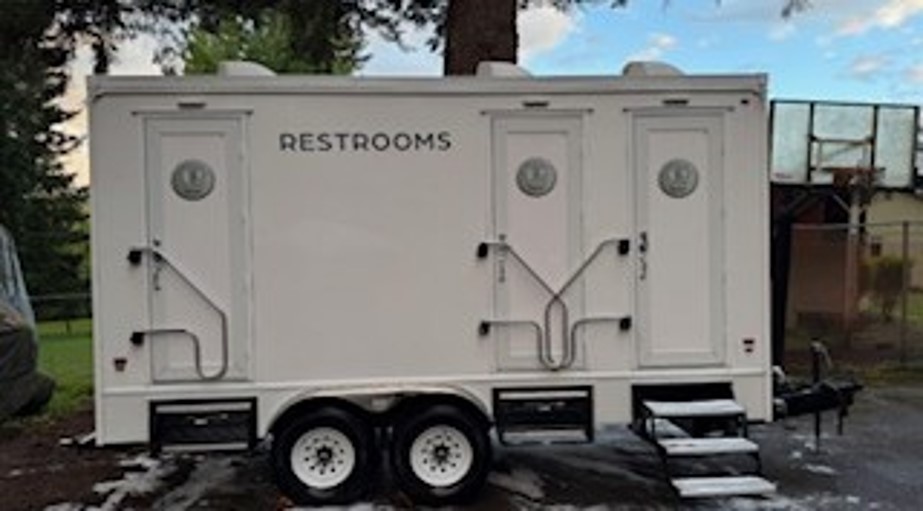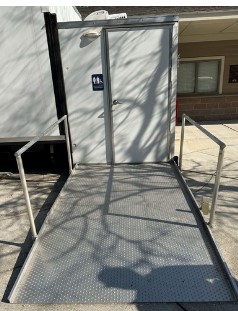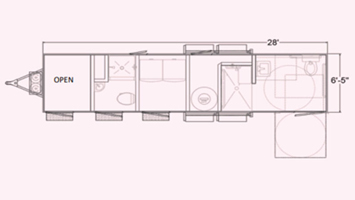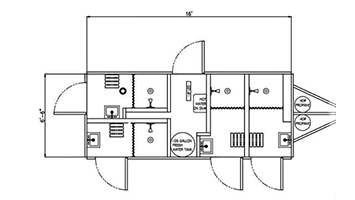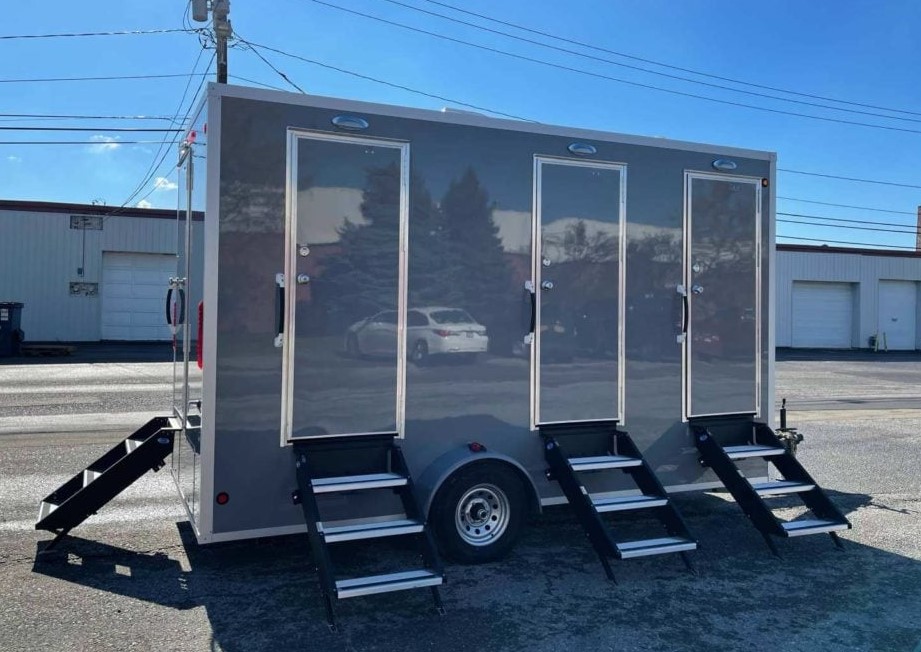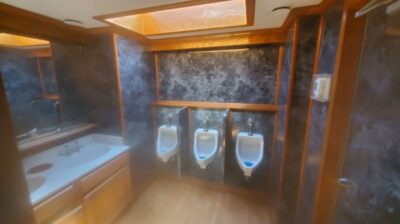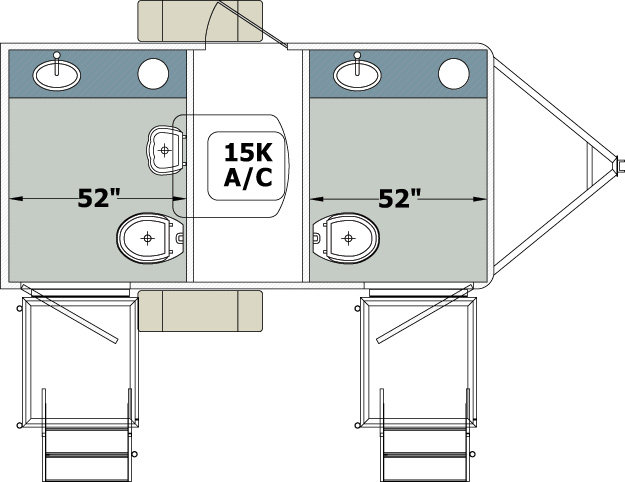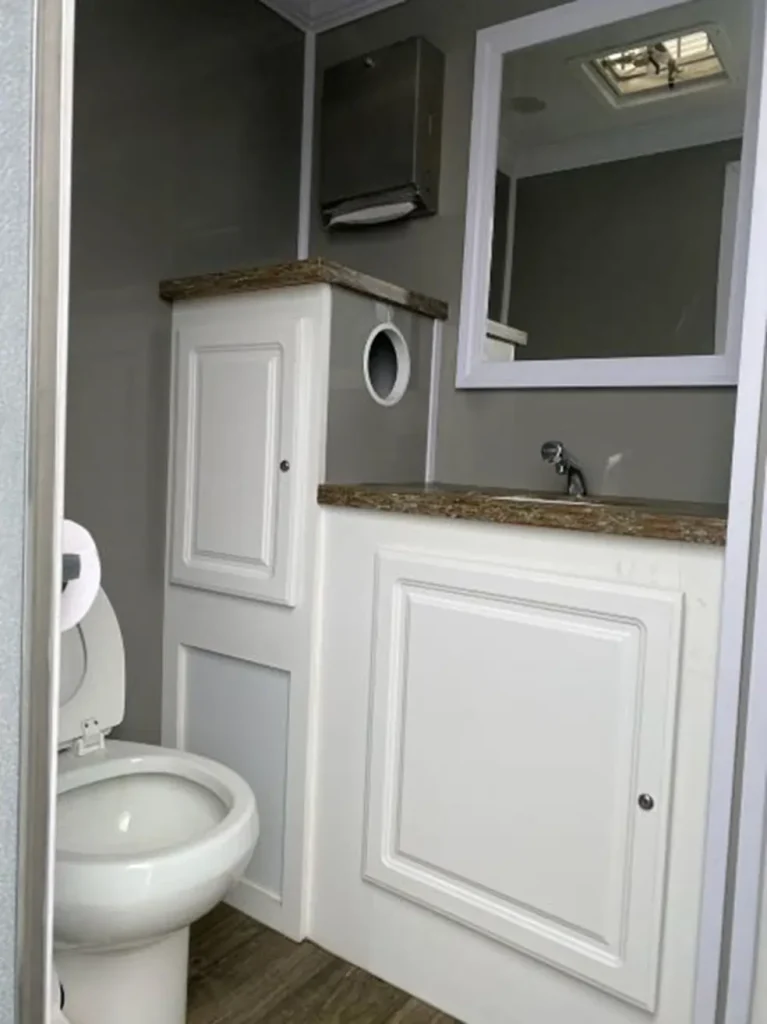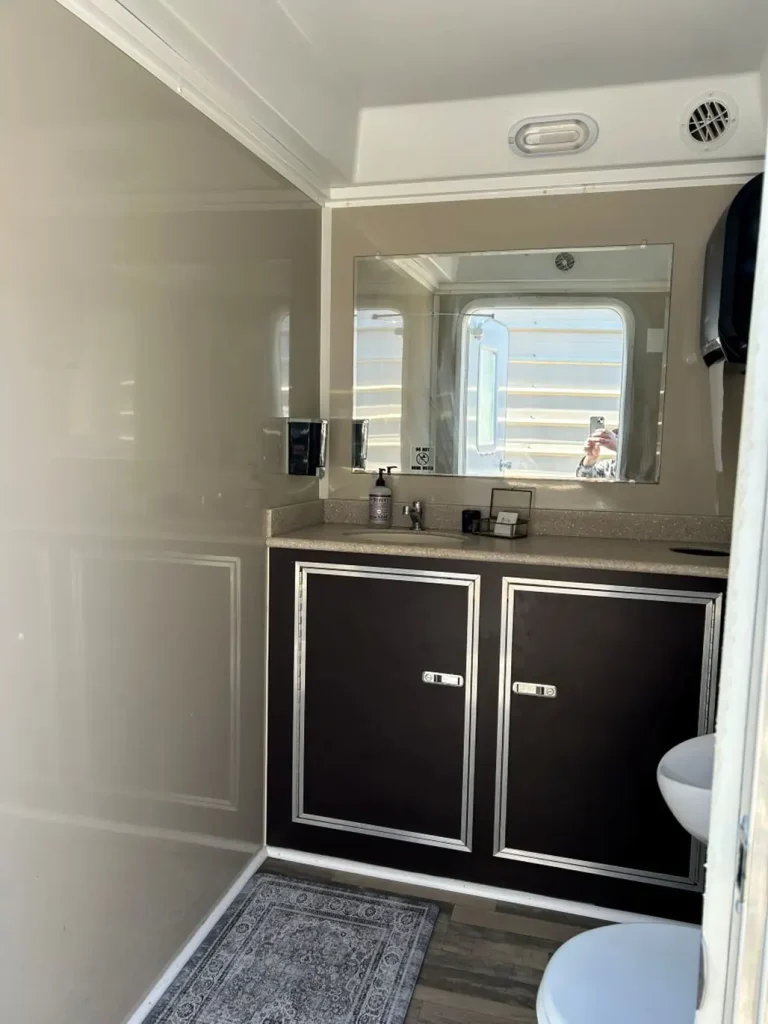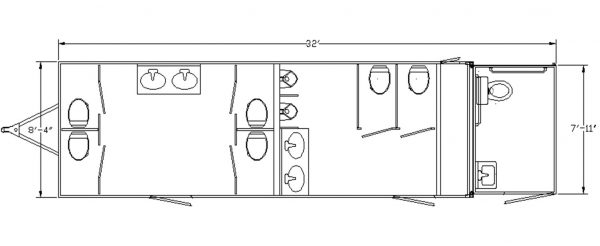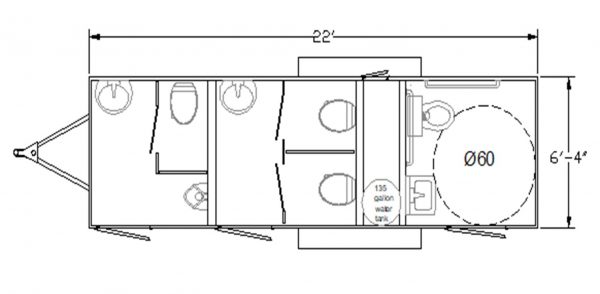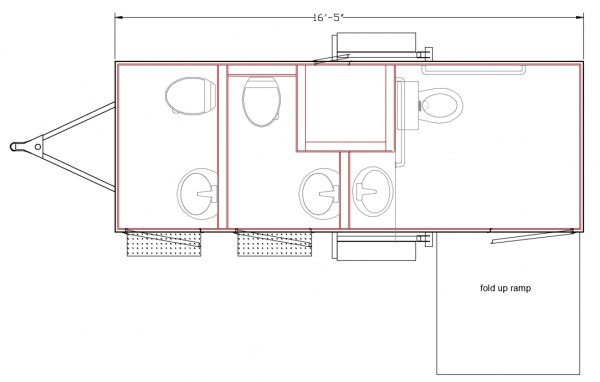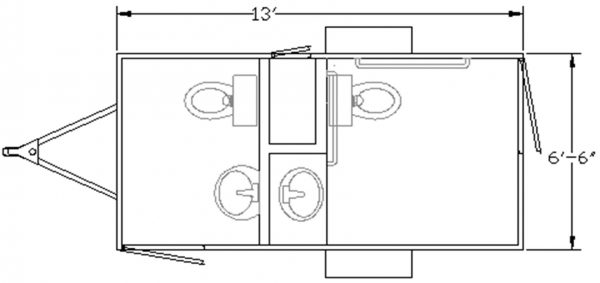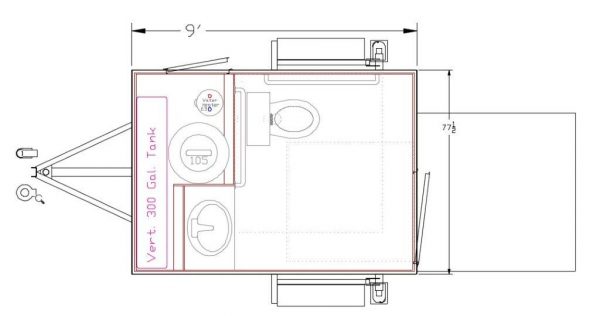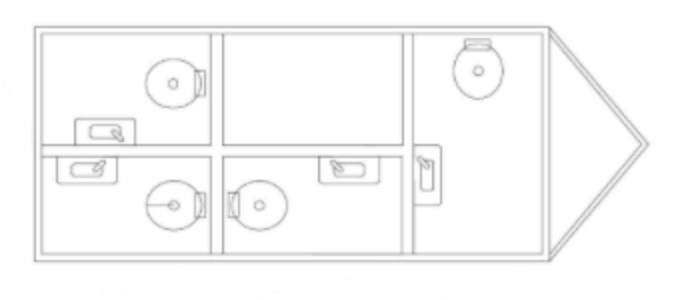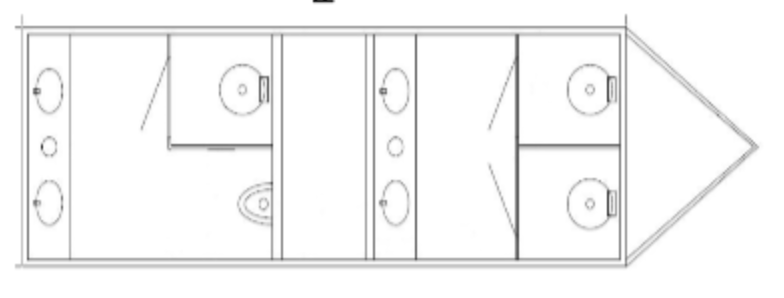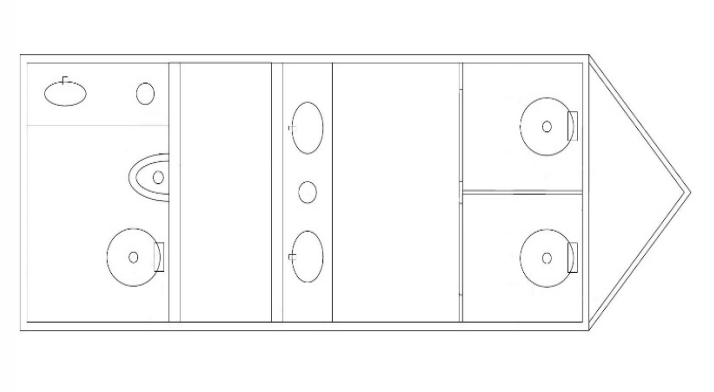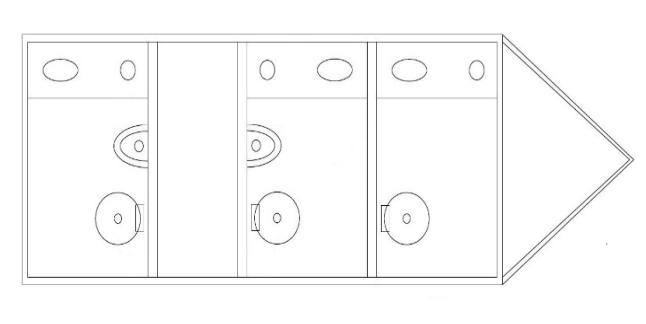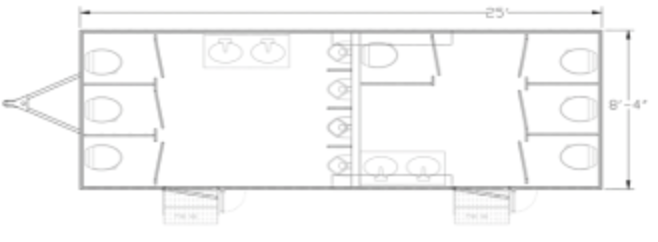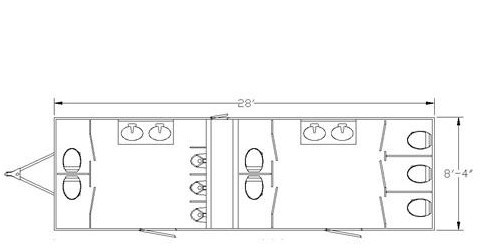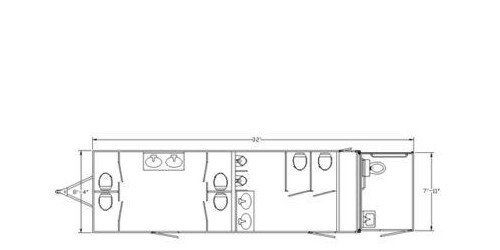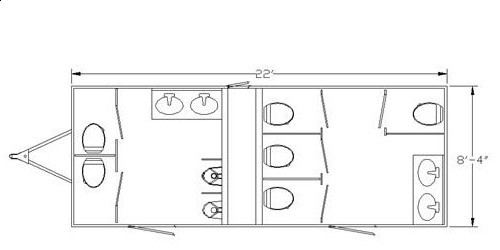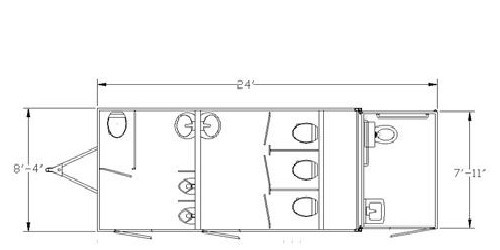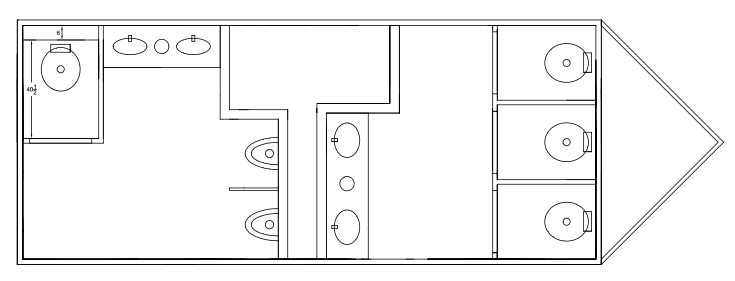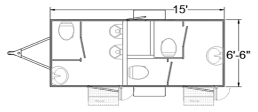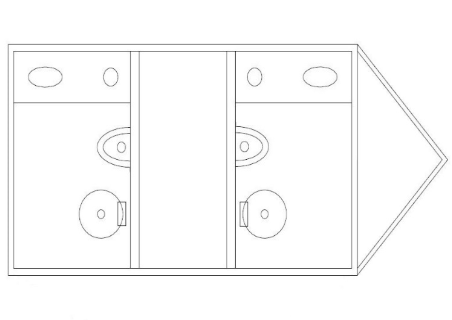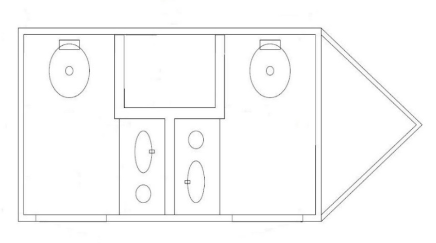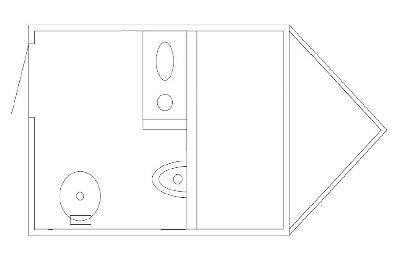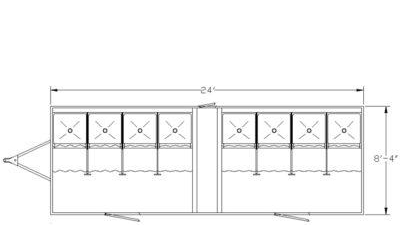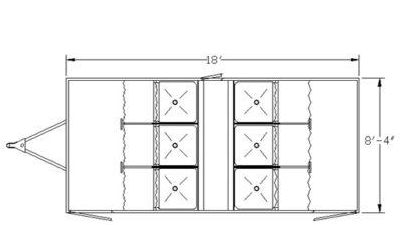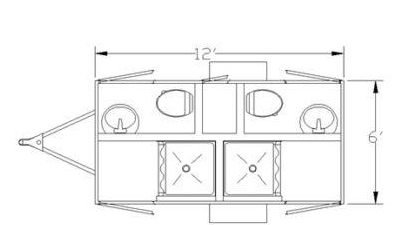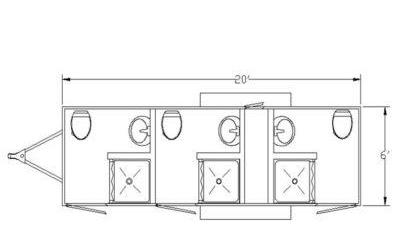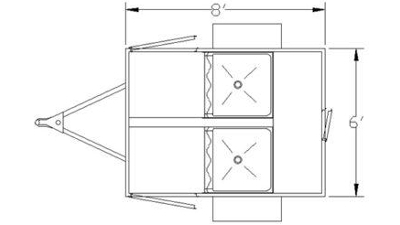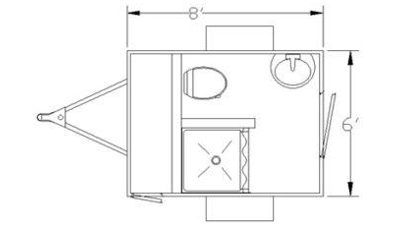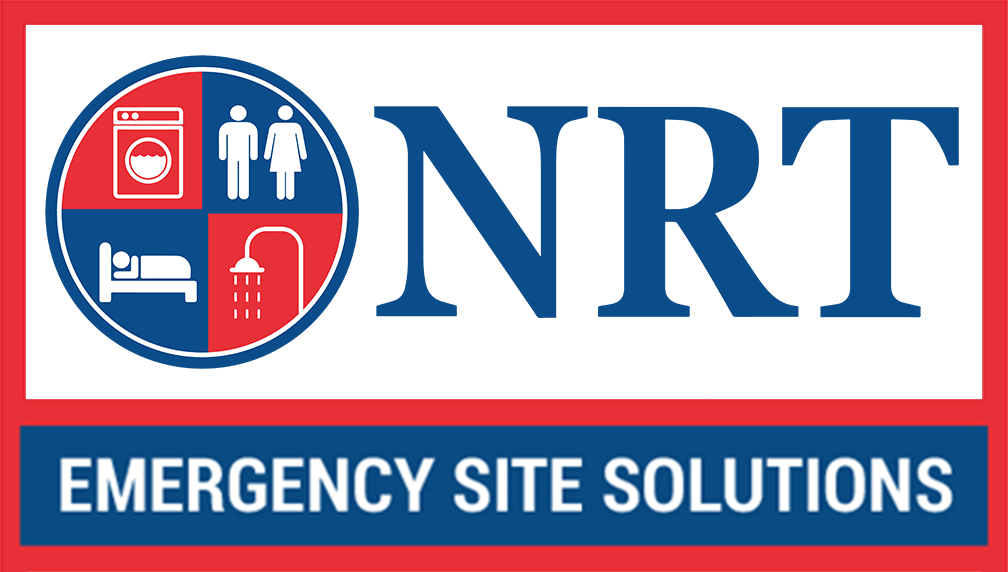The mobility factor of sensory trailers addresses a critical gap in healthcare accessibility, particularly in rural and underserved communities where specialized therapy centers may be hours away. Research indicates that approximately 1 in 6 children experience sensory processing challenges that can impact their daily functioning, learning abilities, and social interactions. By developing mobile solutions, we enable consistent therapy schedules regardless of geographic limitations, weather conditions, or transportation barriers that often prevent families from accessing necessary services.
Design Features and Customization Options
Every sensory trailer we manufacture incorporates multiple zones designed to address different sensory needs and therapeutic goals. The typical layout includes a vestibule area for transition, allowing individuals to acclimate before entering the main therapy space. Interior dimensions are optimized to accommodate wheelchairs and mobility devices while maintaining intimate spaces for one-on-one therapy sessions. Advanced climate control systems maintain consistent temperatures year-round, crucial for individuals who may be sensitive to environmental changes. Sound-dampening insulation reduces external noise interference, creating a controlled acoustic environment essential for auditory processing activities.
The mobility factor of sensory trailers addresses a critical gap in healthcare accessibility, particularly in rural and underserved communities where specialized therapy centers may be hours away. Research indicates that approximately 1 in 6 children experience sensory processing challenges that can impact their daily functioning, learning abilities, and social interactions. By developing mobile solutions, we enable consistent therapy schedules regardless of geographic limitations, weather conditions, or transportation barriers that often prevent families from accessing necessary services.
Design Features and Customization Options
Every sensory trailer we manufacture incorporates multiple zones designed to address different sensory needs and therapeutic goals. The typical layout includes a vestibule area for transition, allowing individuals to acclimate before entering the main therapy space. Interior dimensions are optimized to accommodate wheelchairs and mobility devices while maintaining intimate spaces for one-on-one therapy sessions. Advanced climate control systems maintain consistent temperatures year-round, crucial for individuals who may be sensitive to environmental changes. Sound-dampening insulation reduces external noise interference, creating a controlled acoustic environment essential for auditory processing activities.
Customization extends beyond basic layout to include specialized equipment mounting systems, adjustable lighting arrays with dimmer controls, and integrated technology platforms for interactive therapy programs. At our company, we’re proud to offer a strong pre-owned sales division with a wide inventory available for immediate purchase. Wall-mounted bubble tubes, projection systems for visual tracking exercises, and ceiling-mounted swing attachments are engineered to withstand repeated use while meeting strict safety standards. Flooring options range from cushioned surfaces for vestibular activities to textured paths that provide proprioceptor input during movement exercises.
Key Components and Therapeutic Equipment
- Vestibular Systems: Platform swings, rotational devices, and balance boards that help develop spatial awareness and coordination
- Proprioceptive Tools: Compression vests, weighted blankets, and resistance equipment that provide deep pressure input
- Tactile Stations: Multiple texture panels, sensory bins, and manipulation materials addressing touch sensitivity
- Visual Stimulation Areas: Color-changing LED panels, infinity mirrors, and projection mapping systems for visual tracking
- Auditory Equipment: Noise-canceling headphones, therapeutic music systems, and white noise generators
Implementation Strategies and Service Delivery Models
School districts utilizing sensory trailers typically implement rotating schedules, serving multiple campuses throughout the week while maximizing student access to therapeutic interventions. Backed by extensive knowledge of different trailer types and the unique situations they’re suited for, our team helps every customer find the right fit for their needs. Healthcare organizations often deploy these units for community outreach programs, bringing services directly to neighborhoods where transportation barriers prevent regular clinic attendance. Private therapy practices leverage mobile sensory units to expand their service areas without establishing multiple brick-and-mortar locations, significantly reducing overhead costs while increasing revenue potential.
Training protocols for staff operating sensory trailers include equipment maintenance procedures, safety protocols, and documentation systems for tracking therapeutic progress. With a customer-first approach, we provide free estimates to ensure transparency and value from the start. Integration with existing special education programs requires coordination between mobile therapy providers and classroom teachers to ensure continuity of care and consistent implementation of sensory strategies across different environments.
